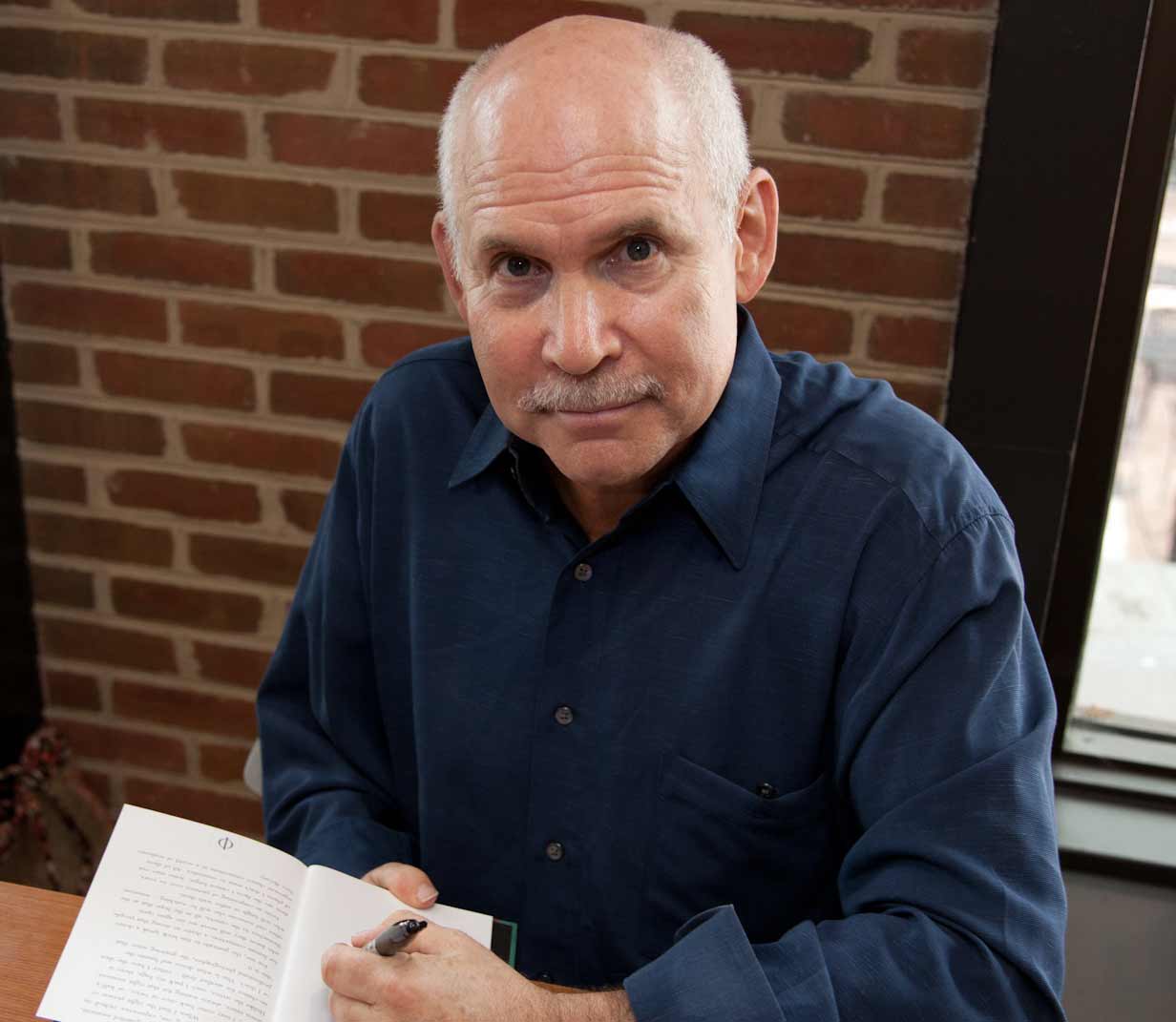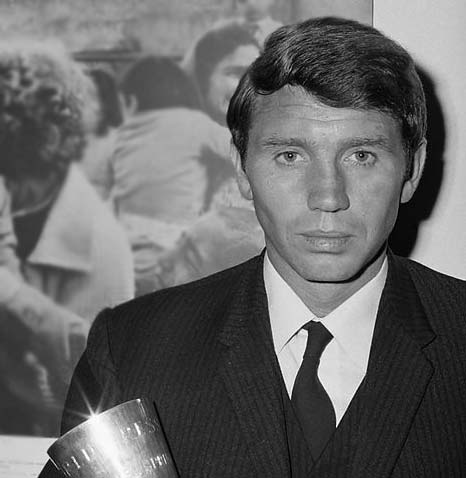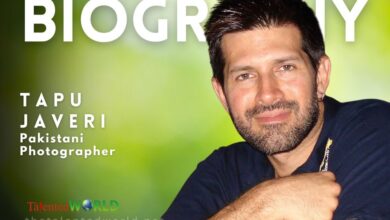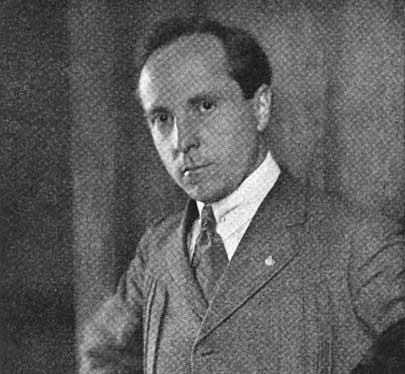| Full Name | Robert Capa |
| Birth Name | Endre Ernő Friedmann |
| Date of Birth | October 22, 1913 |
| Place of Birth | Budapest, Austria-Hungary |
| Date of Death | May 25, 1954 |
| Place of Death | Thái Bình Province, French Indochina |
| Nationality | Hungarian, American (since 1946) |
| Known for | War photography |
| Notable Works | – Covered five wars: Spanish Civil War, Second Sino-Japanese War, World War II, 1948 Arab–Israeli War, First Indochina War |
| Accomplishments | – Considered one of the greatest combat and adventure photographers – Awarded the Medal of Freedom by U.S. General Dwight D. Eisenhower for World War II coverage |
| Career Highlights | – Co-founded Magnum Photos in Paris – Documented D-Day landing on Omaha Beach – Covered major events in London, North Africa, Italy, and Paris during World War II |
| Early Life | – Accused of communist sympathies at 18, forced to flee Hungary – Moved to Berlin, then Paris to escape Nazi persecution |





